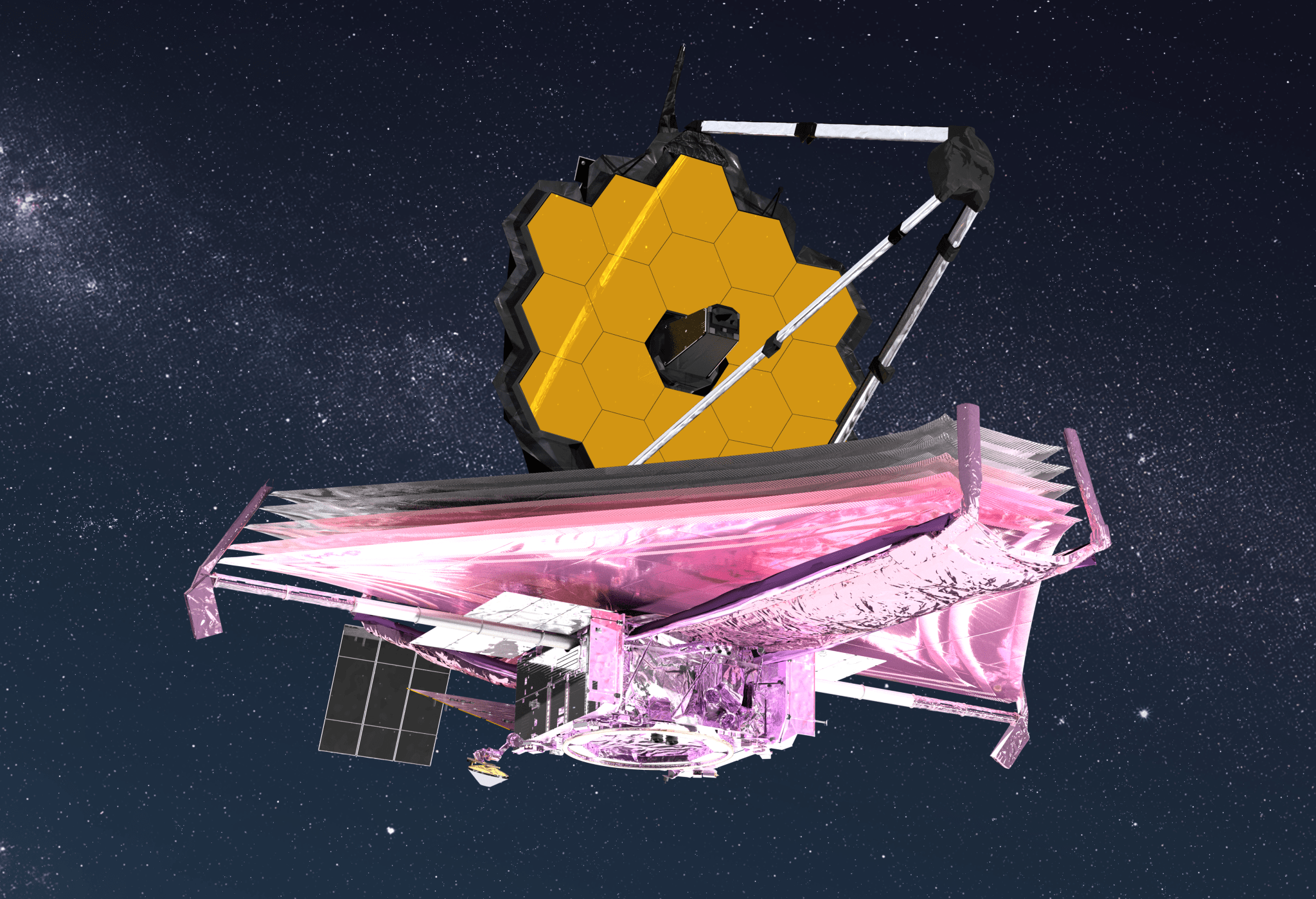The International Astronautical Federation (IAF) has awarded its World Space Award to NASA’s James Webb Space Telescope. The award will be presented at the 2023 International Astronautical Congress, taking place in Baku, Azerbaijan, Oct. 2 through Oct. 6, 2023.
The IAF World Space Award is presented for an outstanding contribution or contributions in space science, space technology, space medicine, space law or space management of exceptional impact to the world’s progress in astronautics.
NASA Deputy Administrator Pam Melroy will accept the award on behalf of NASA. The award recognizes the contributions of the team that designed, developed, and now operates Webb, which also includes ESA (European Space Agency), CSA (Canadian Space Agency), NASA’s Goddard Space Flight Center, and Northrop Grumman.
“The James Webb Space Telescope continues to astound us,” said Melroy. “We are only a little over a year into Webb’s science mission, and already it has solved longstanding mysteries about the early universe and opened up exciting new questions in the search for habitable worlds. These transformative discoveries are only possible thanks to the massive, international team that worked for decades to make Webb a reality. I can’t wait to see where Webb’s mission to explore the secrets of the universe takes us next.”
Launched Dec. 25, 2021, after more than a decade of preparation, Webb successfully performed a complex series of deployments shortly after leaving Earth orbit.
About a month later, the telescope reached its working orbit at the Sun-Earth L2 Lagrange point, a stable orbit in space well beyond that of the Moon. Once there and fully commissioned, the 21-foot (6.5-meter) telescope began its record-breaking work.
Webb operates at infrared wavelengths. The combination of sensitive instrumentation with its large primary mirror allows the telescope to see farther and more clearly than any previous observatory of its kind. Discoveries from existing and newly identified targets began to accumulate almost immediately. The first images were unveiled on July 12, 2022.
The ever-growing list of Webb discoveries includes direct imaging of exoplanets and the identification of key molecules in their atmospheres; tracking clouds on Saturn’s moon Titan; identifying new details in a cluster of galaxies; imaging the incredibly faint rings around Uranus; capturing the galactic merger of Arp 220; discovering sand-bearing clouds on a remote exoplanet; measuring the temperature of a rocky exoplanet; detecting the most distant active supermassive black hole to date; and observing galaxies seen in their earliest years, when the universe was just 350 million years old – about two percent of its current age.
Founded in 1951, the International Astronautical Federation is a space advocacy body with members in 75 countries, including all leading space agencies, companies, research institutions, universities, societies, associations, institutes, and museums worldwide. The Federation advances knowledge about space, supporting the development and application of space assets by promoting global cooperation.
The James Webb Space Telescope is the world’s largest, most powerful, and most complex space science telescope ever built. Webb will solve mysteries in our solar system, look beyond to distant worlds around other stars, and probe the mysterious structures and origins of our universe and our place in it. Webb is an international program led by NASA with its partners, ESA (European Space Agency) and the Canadian Space Agency.
Rob Gutro
NASA’s Goddard Space Flight Center, Greenbelt, Md.


























